Nose is a sensory organ which is made up of the framework of bones and cartilages. It is lined with the skin from the outside and on the inside by a highly specialized olfactory mucosa which is responsible for the receptive to the scents and odors. There is a large cartilage present inside the nose which provides shape to the nose; this is called the nasal septum or septal cartilage which divides the nasal cavity into two parts- the anterior part which is also called as a nasal vestibule and posterior part also called as choana (internal nostrils).
It is a well-known fact that the nose that it is a passage for the air; it humidifies the inspired air and makes it warm. The major function of the nose is olfaction. This is the normal physiology of the nose but whenever there is any alteration in the normal physiology, the function of the nose is disturbed. This can be present in case of nasal vestibulitis which is caused by staphylococcus bacteria. This diseases when appears presents with white spots inside the nose along with redness, swelling and tenderness.
Spots Inside Nose
For such complaints of white spots in the nose, patients must consult a doctor to know how to get off it. This article will help you to know what can be the possible reasons for the spots inside the nose along with treatment.
1. Nasal Vestibulitis
This is a bacterial infection of the nasal vestibule, which is an area inside the nostrils. It is also called folliculitis. Nasal vestibulitis is medical terminology for a pimple inside the nose. Nasal vestibulitis can occur due to multiple reasons which cause staphylococcus bacteria to proliferate and formation of pus.
Causes of Nasal Vestibulitis
- Plucking of nasal hairs
- Constant intense blowing of the nose
- Constant picking of the nose from inside
- Following nose piercing
- Oily skin
- Any traumatic injury (minor)
Certain medical conditions which can lead to nasal vestibulitis are
- Viral infections such a Herpes zoster or shingles
- Allergic rhinitis
- Upper respiratory tract infection
- Drug induced
- Diabetic patients
- In the case of cancer (rare)
Signs and symptoms of nasal vestibulitis
- Blurred vision or double vision
- Dizziness
- Pain and tenderness of affected part
- Redness and swelling of the affected part
- Crusty layer inside the nose
- Painful boil inside the nose
- Fever and headache
Diagnosis of nasal vestibulitis
- Diagnosis is mostly done by physical examination which helps the doctor to view white spots inside the nose.
- To rule out other associated diseases various tests including blood investigations or CT scan or MRI may also be advised if the infection is spread to adjacent sinuses.
- Fluid aspiration from the infected part may have to be done to know the causative agent so that medications can be started accordingly.
- The doctor may ask you the various questions to reach a diagnosis like:
- Duration of the starting of these white spots inside the nose
- Area of the nose which is first affected
- What signs and symptoms observed first?
- Any abnormal discharge if present.
Treatment of nasal vestibulitis
Patients often opt for home remedies for managing nasal vestibulitis. However, antibiotics may also have to be given depending upon the nature and severity of the infection.
2. Nasal Furunculosis
It is the acute condition caused by localized bacterial infection of a hair follicle inside the nasal cavity. It is also called a nasal boil. Abscess formation and Cavernous sinus thrombosis are common complications of nasal furunculosis.
Signs and symptoms Of Nasal Furunculosis
- Redness of the nose from inside and outside
- Swelling of the nose
- White spots like a pimple inside the nose
- Small bump is seen at the root of the hair follicle
- Crusts present inside the nose
- Pain and tenderness
Treatment involved is generally conservative which include hot fomentation. For pain, analgesics are given and antibiotics may also be prescribed.
2. Ingrown Hair Cyst
- This occurs when the hairs which are present inside the nose are pulled out which leads to the formation of a cyst at the site of hair follicle inside the nose.
- A cyst is a fluid filled cavity. But when the cyst gets infected, it produces pain and discomfort. If it is left untreated, in-grown hair cyst may worsen and continue to form an abscess.
- On examination, the ingrown hair cyst appears as white spots inside the nose.
- Treatment is generally conservative and can be managed with the help of anti-inflammatory and antibiotic medications.
Most of the nasal conditions mentioned above which may lead to white spots inside the nose; tend to recur in spite of receiving timely attention and treatment.
Whenever you notice any abnormality within the nasal cavity such as unusual white spots, it must be reported immediately to the doctor since white spots inside the nose can range from conditions as minute as a pimple to something major like an ingrown hair cyst or an abscess. These conditions are not just painful, but also disabling enough to disrupt a person’s routine.
Ignorance minor illnesses problem always tend to lead to the complications in the future. For this reason, it is important to visit the doctor to receive accurate diagnosis and treatment for the conditions leading to white spots inside the nose.
Dr. Archana Tegwal is currently working as a lecturer in under-graduate faculty of Homoeopathy in Jawaharlal Nehru Homoeopathic Medical College, Parul University, Vadodara (Gujarat). She has done BHMS & MD in Homeopathic Materia Medica in March 2016 from Dr. V.H.Dave Homeopathic Medical College and Hospital, Anand (Gujarat). She also serves as a regional manager in NGO “World Healing Society Foundation”.

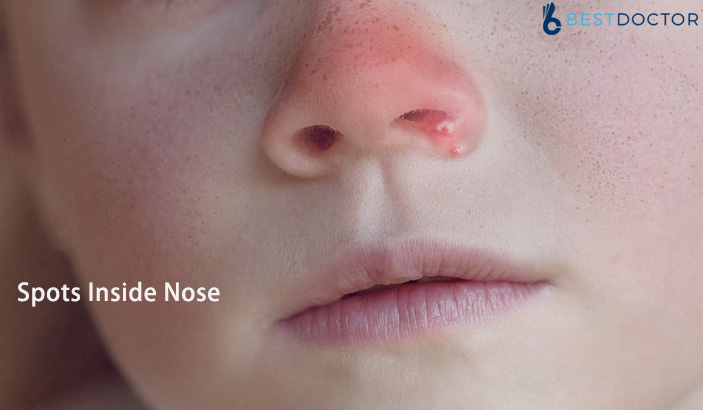

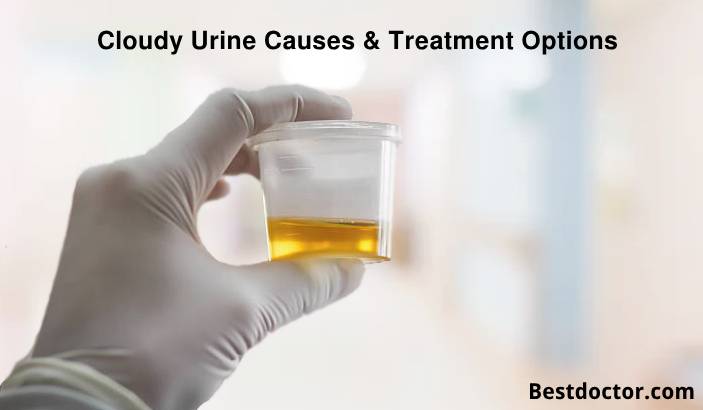
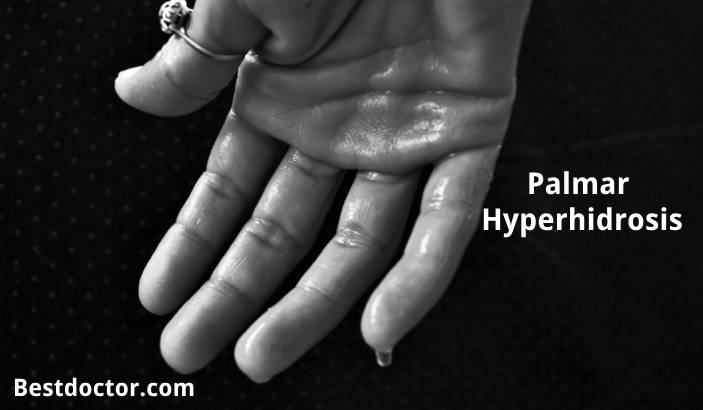

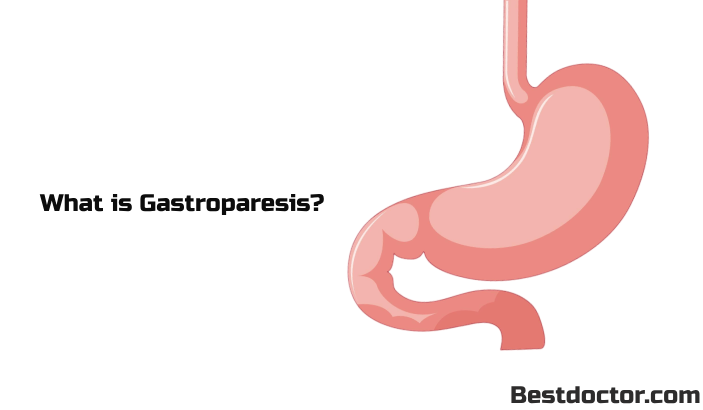
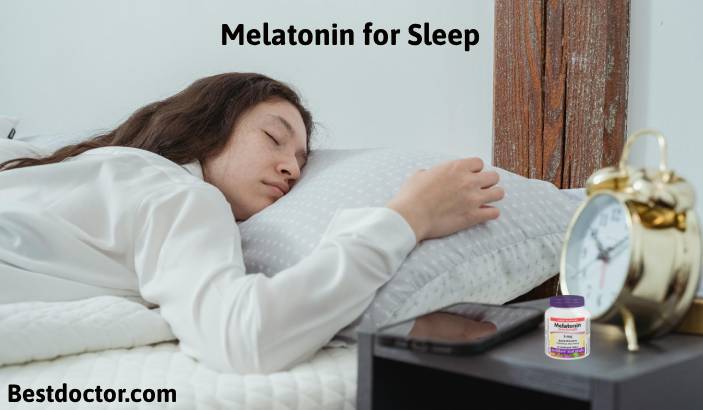
3 Replies to Spots Inside Nose – Causes, Signs, Diagnosis and Treatment
I’m really enjoying the design and layout of your website.
It’s a very easy on the eyes which makes it much more enjoyable for me to
come here and visit more often. Did you hire out a designer to create your theme?
Exceptional work!
Thanks for writing really an amazing page.
Neomycin is an aminoglycoside antibiotic that displays bactericidal activity against gram-negative aerobic bacilli and some anaerobic bacilli where resistance has not yet arisen. It is generally not effective against gram-positive bacilli and anaerobic gram-negative bacilli. Neomycin comes in oral and topical formulations, including creams, ointments, and eyedrops. Neomycin belongs to the aminoglycoside class of antibiotics that contain two or more amino sugars connected by glycosidic bonds.
Enhancing Your Career Opportunities with Improved Vision from LASIK Surgery in Manhattan
What Does Cloudy Urine Mean in Females and Males?
Palmar Hyperhidrosis: Understanding Causes, Symptoms, and Treatment
16 Warning Signs You Need to Go See Your Doctor As Early As Possible